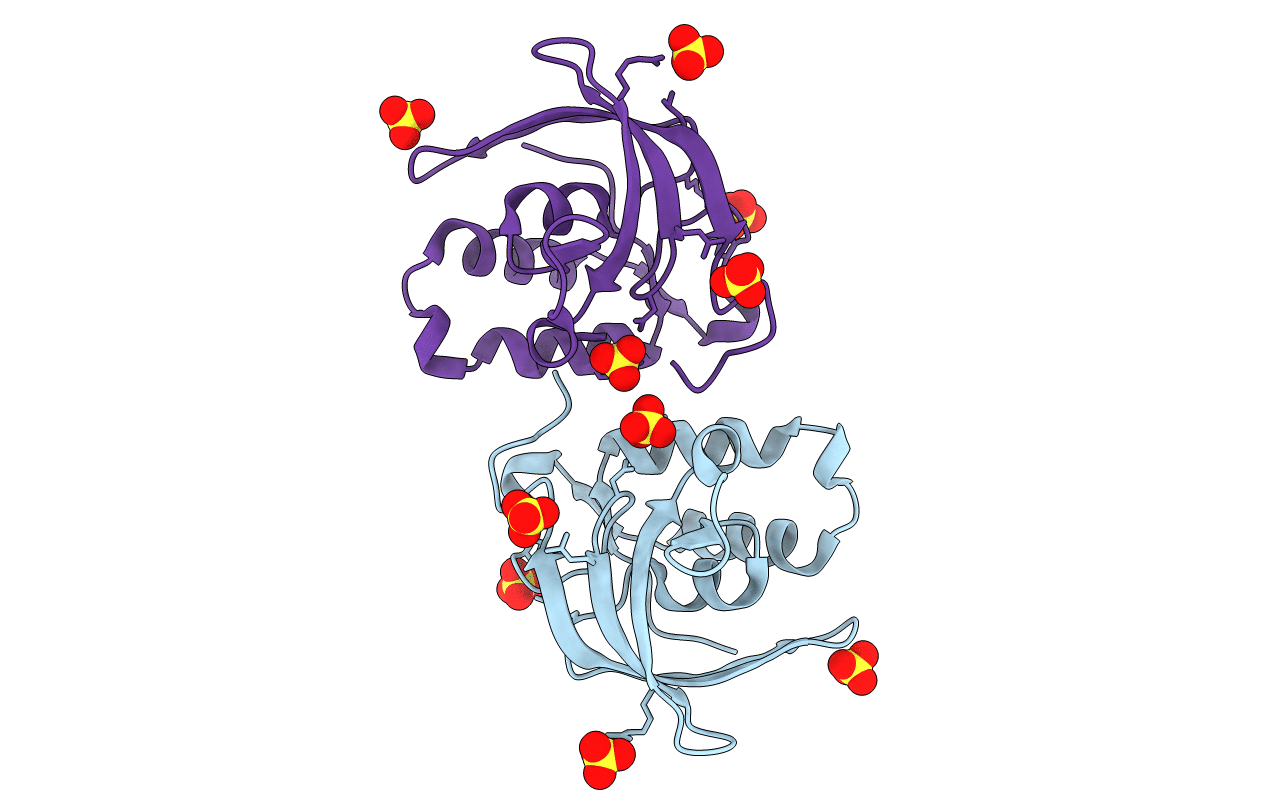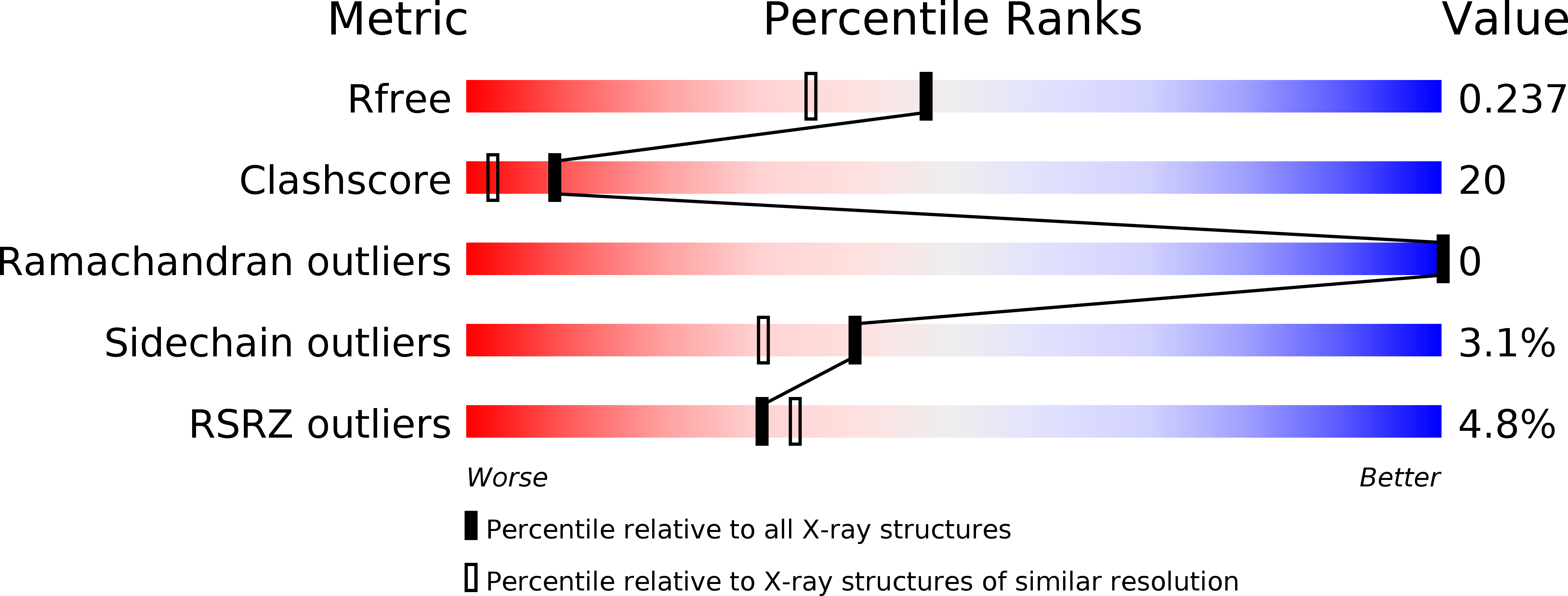
Deposition Date
2007-12-12
Release Date
2008-10-28
Last Version Date
2024-02-21
Entry Detail
PDB ID:
3BMB
Keywords:
Title:
Crystal structure of a new RNA polymerase interacting protein
Biological Source:
Source Organism:
Escherichia coli (Taxon ID: 562)
Host Organism:
Method Details:
Experimental Method:
Resolution:
1.91 Å
R-Value Free:
0.23
R-Value Work:
0.21
Space Group:
C 2 2 21


